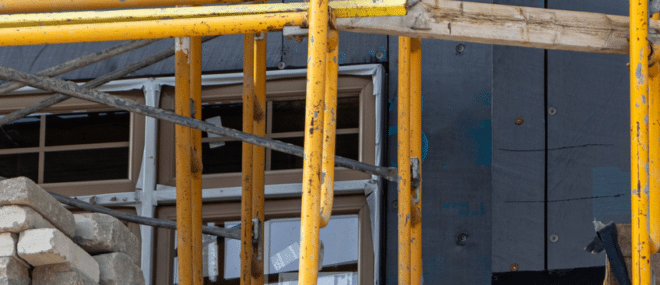Left-over flammable liquids such as solvents, lubricants, paints or other hazardous workplace materials can’t be burned off, thrown in a regular garbage or poured down the drain. This makes getting rid of them a bit tricky, so we put together a few tips on properly disposing flammable liquids.
Storing flammable liquid waste
It’s best to store used or contaminated flammable liquids the same way unused liquids are stored; in a clearly-marked container that’s made of the same material as the one it came in. If you’re dealing with a large amount of flammable liquid, your recycler should be able to provide bulk waste containers.
Don’t mix different types of hazardous or flammable liquids together in the same container unless your recycler gives you the go-ahead. This makes recycling the materials easier and in some cases can prevent dangerous chemical reactions.
There may also be regulations that limit the amount of flammable liquid that can be stored on your site – even if it’s used. So it’s best to have your waste material picked up regularly.
And of course, make sure to wear the proper protective personal equipment (PPE) whenever you’re handling hazardous or flammable liquid waste.
Proper labelling is essential
Flammable or hazardous liquids in the workplace are covered by WHMIS – the workplace hazardous materials information system. Their requirements include properly labelling all material coming into your workplace from suppliers and any smaller containers your employees might use on the job.
The workplace label of waste materials should include the same information as the original, which is:
- the product’s name
- a clear indication that it’s being recycled
- safe handling procedures or warnings
- a reference to the MSDS, or material safety data sheet. (Most workplace materials labels can be found online and downloaded.)
Keep in mind that some recyclers offer container services and regular pickup, depending on what and how much is being collected.
Managing waste more efficiently
Following these guidelines can help eliminate fire risks and employee injury. You can even take it one step further by finding more efficient ways to manage hazardous waste like reducing the use of flammable liquids and using water based products where possible.




